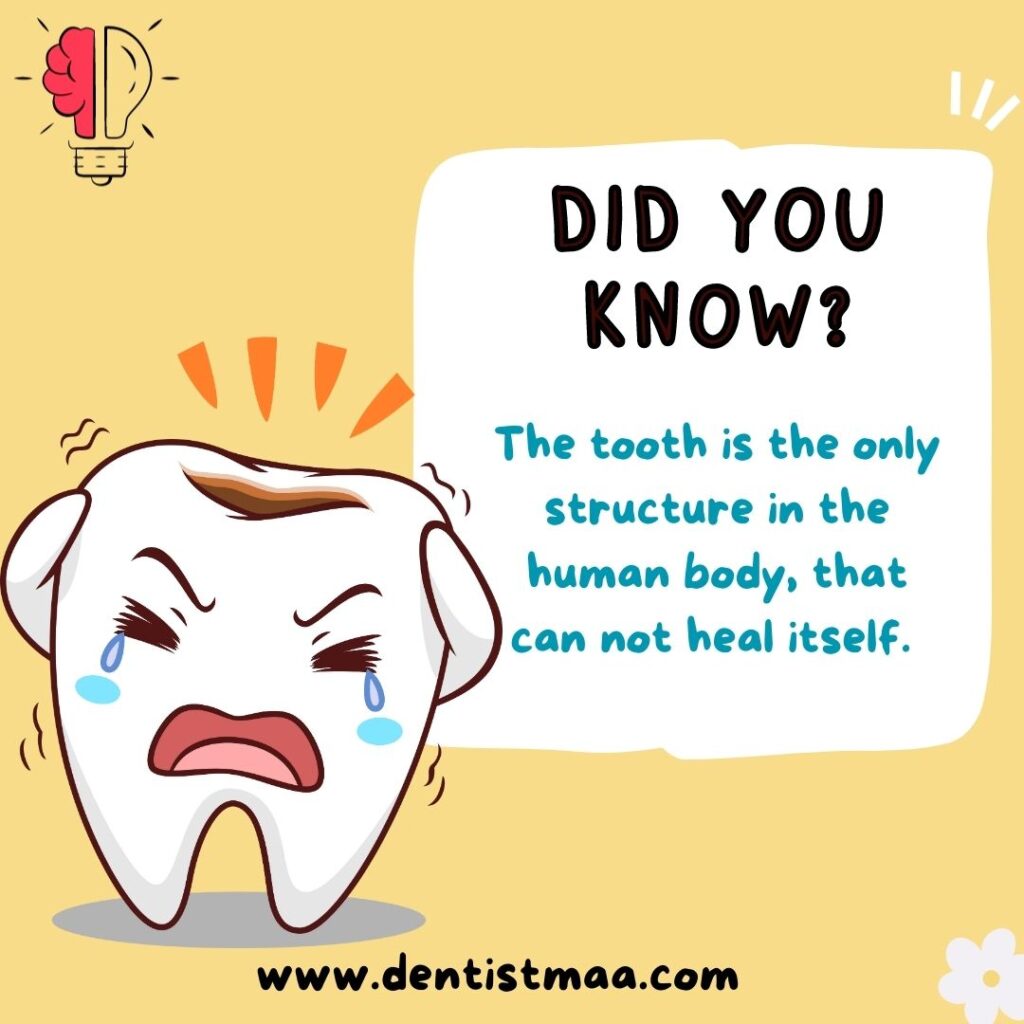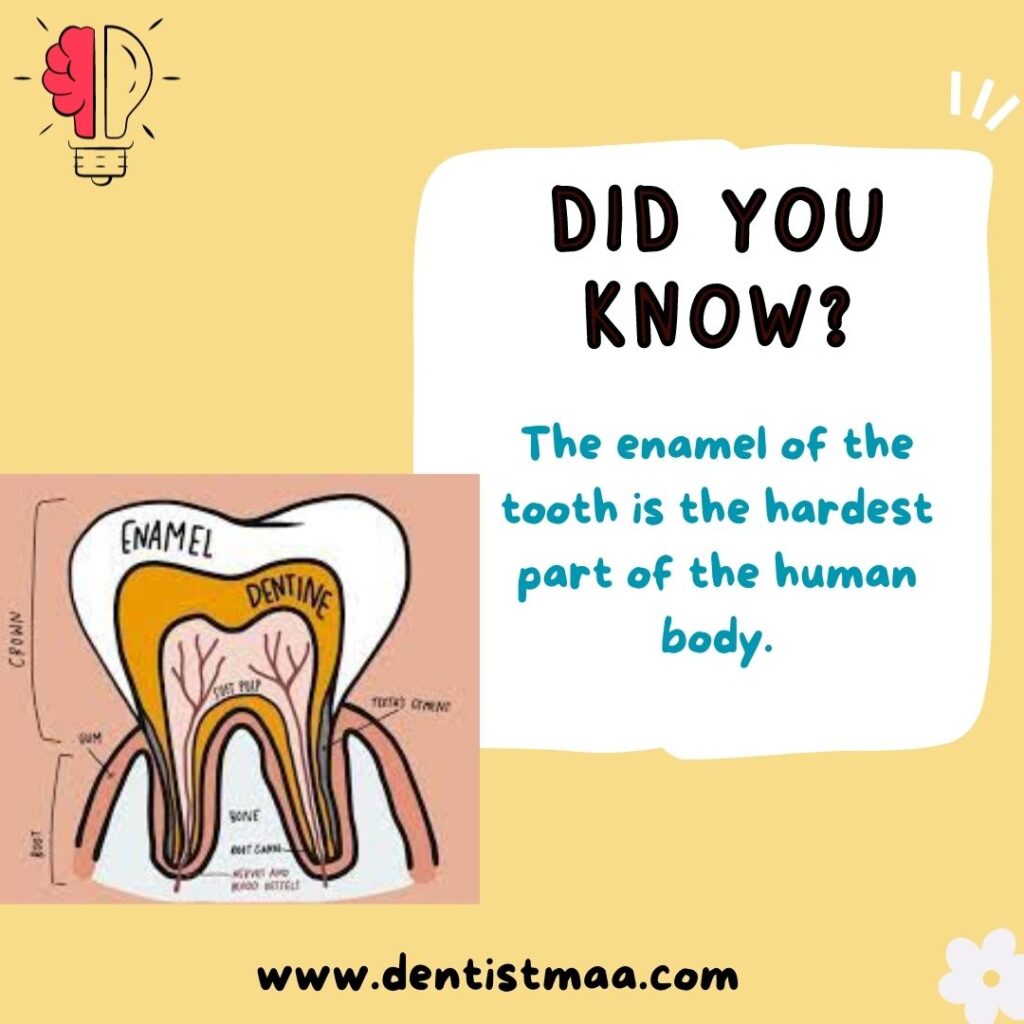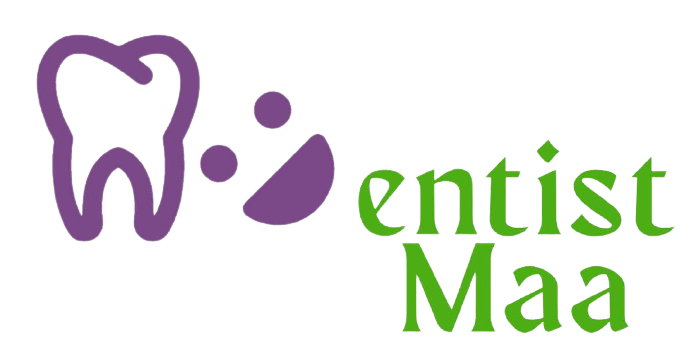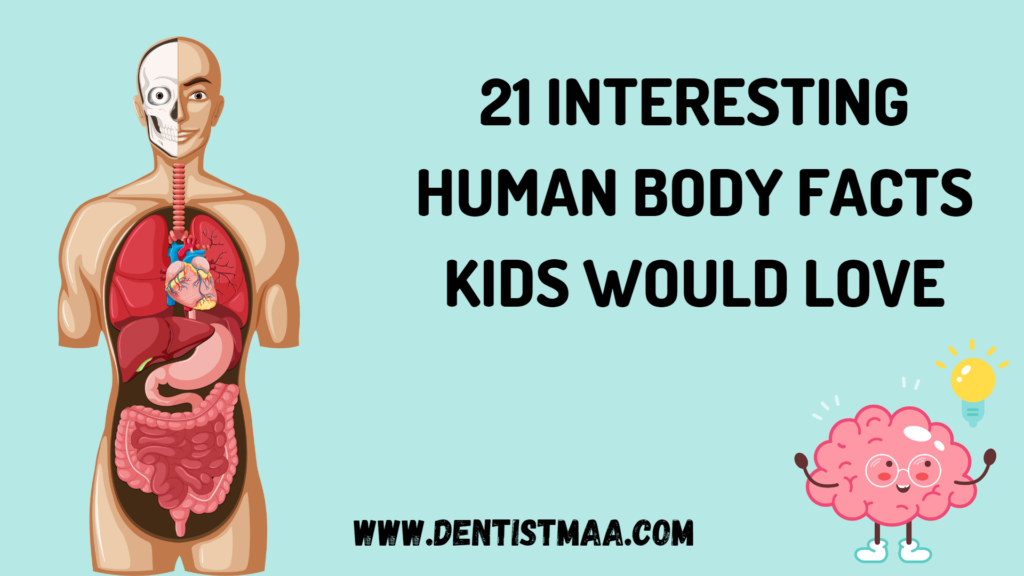The human body is a pool of facts that we can never stop learning. When a child starts understanding things, the first thing that we all teach the child is about the human body and slowly shift to the human body facts.
We tell them about their eyes, ears, nose, lips, fingers toes, and they love to hear and recognize each part of their body. As they grow up to be toddlers, we should start introducing to them small human body facts which are easy for them to understand and remember.
Human body fact number 1
When a child is born, the number of bones the child has is 300, and slowly the bone fuse and reduce in number and as an adult, you will have only 206 bones in your body. Some of the baby’s bones are like cartilage, slowly as the child grows the cartilage slowly changes into bone.

Human body fact number 2
There are 2 sets of teeth in the life of a human. the first set is the milk teeth or the primary teeth which are 20 in number and the second set is the permanent teeth which are 32 in number. If you loose the permanent teeth it will not be replaced by any teeth after that.

Human body fact number 3
A newborn can only see black and white and that too only till 8-10 inches from their face. As mentioned by the American Optometric Association it is only after the age of 5 months that the child can start seeing different colors.
Human body fact number 4
Every human being has a unique fingerprint that doesn’t match. Even identical twins do not have the same fingerprints. The fingerprints of your two fingers are also different from each other.

Human body fact number 5
Newborn babies do not have tears in their eyes when they cry. The lacrimal glands (glands that produce tears) produce only a very small quantity of tears at birth, which are not seen for a few months after the birth when the baby cries. You will see your child’s first tears when the child is around 3 months of age.
Human body fact number 6
The longest bone in the human body is in the leg, it is called the femur or the thigh bone. It helps you holding the weight of your body when you move. It connects the muscles, ligaments and tendons from your hips and knees.

Human body fact number 7
The smallest bone in the human body is in the ear, it is called the stapes. It is a stirrup-shaped bone in the middle ear. It helps in transmitting vibrations from the incus to the inner ear.

Human body fact number 8
The tongue is a muscle and it is one of the strongest muscles of the human body but not the strongest. It helps in chewing, has taste buds, and even in speech. The masseter muscle is the strongest muscle based on its weight. It helps in moving the jaw.
Human body fact number 9
The human body is made up of almost 60% of water. According to Mitchell and others (1945), the brain and heart are composed of 73% water, and the lungs are about 83% water. The skin contains 64% water, muscles and kidneys are 79%, and even the bones are watery: 31%.

Human body fact number 10
Skin is an organ and it is the largest organ of our body. It has hair, nail, sweat glands. It helps in protection from the outside environment. It also helps in regulating the body temperature.

Human body fact number 11
Your fingernails grow faster than your toenails. If the complete fingernail is lost, it takes around 6 months to regrow. If the toenail is lost completely then it might take somewhere around 1 to 1.5 years to grow back.
Human body fact number 12
Your heart beats 100,00 times a day and 2.5 billion times in an average lifetime. The heartbeat sound that is heard is because of the valves of the heart opening and closing. A newborn’s heart beats at 120 to 160 beats per minute.
Human body fact number 13
Both lungs are not of the same size. The right lung has 3 lobes and the left lung has 2 lobes. There is a cardiac notch in the left lung. There is a cardiac notch in the left lung, which is a concavity in the lung and accommodates the heart.

Human body fact number 14
The heart is found in the center of your chest, between your lungs. It is behind and slightly to the left of your sternum. The sternum is a vertical bone that forms the anterior portion of the chest wall centrally.

Human body fact number 15
The brain can not survive without oxygen for more than 10 mins. After 10 minutes of cerebral hypoxia (no oxygen to the brain) brain death occurs. After 5 minutes of no oxygen to the brain, cell death starts.
Human body fact number 16
The largest joint in the human body is the knee joint. It is also one of the most complex and most used joints of the body. As it is used so much it is more prone to get injured. Most injuries can be treated by exercise or medication alone, but some need surgery.

Human body fact number 17
There are more than 600 muscles in the human body. There are mainly 3 types of muscles, the skeleton muscles, the smooth muscles, and the cardiac muscles. The neuromuscular system includes the brain, the nerves, and the skeletal muscles.

Human body fact number 18
The only organ in the human body that can regenerate is the liver. The liver can regenerate even when 90% of it has been removed. But sometimes due to severe damage, the liver cells stop regenerating and a liver transplant is required.

Human body fact number 19
The tooth is the only structure that can not heal itself. Healing includes repairing by either regrowing the lost part or healing b scar tissue. A tooth can not do both. Once the structure of the tooth is lost it needs to be treated and can not heal on its own.

Human body fact number 20
Tooth enamel is the hardest part of the human body. Yes, it is even harder than the bone. According to some studies tooth enamel is as hard as steel.

Human body fact number 21
The pineal gland is the smallest gland of the body. It is located in the center of the brain and is in the shape of a tiny pine cone. It secretes the hormone melatonin. It helps in maintaining the circadian cycle of sleep and wakefulness.
The human body is full of facts. Starting with simple facts we can help increase our child’s general knowledge and also curiosity. Slowly they would start taking interest as they start understanding the little things. They will ask questions, for some you will have answers, and for some, you won’t. You can read and tell your child the correct answers to the questions and help them grow.





Pingback: 10 Simple Tips to Raise a Good Reader - DentistMaa
Very well explained
thank you 🙂